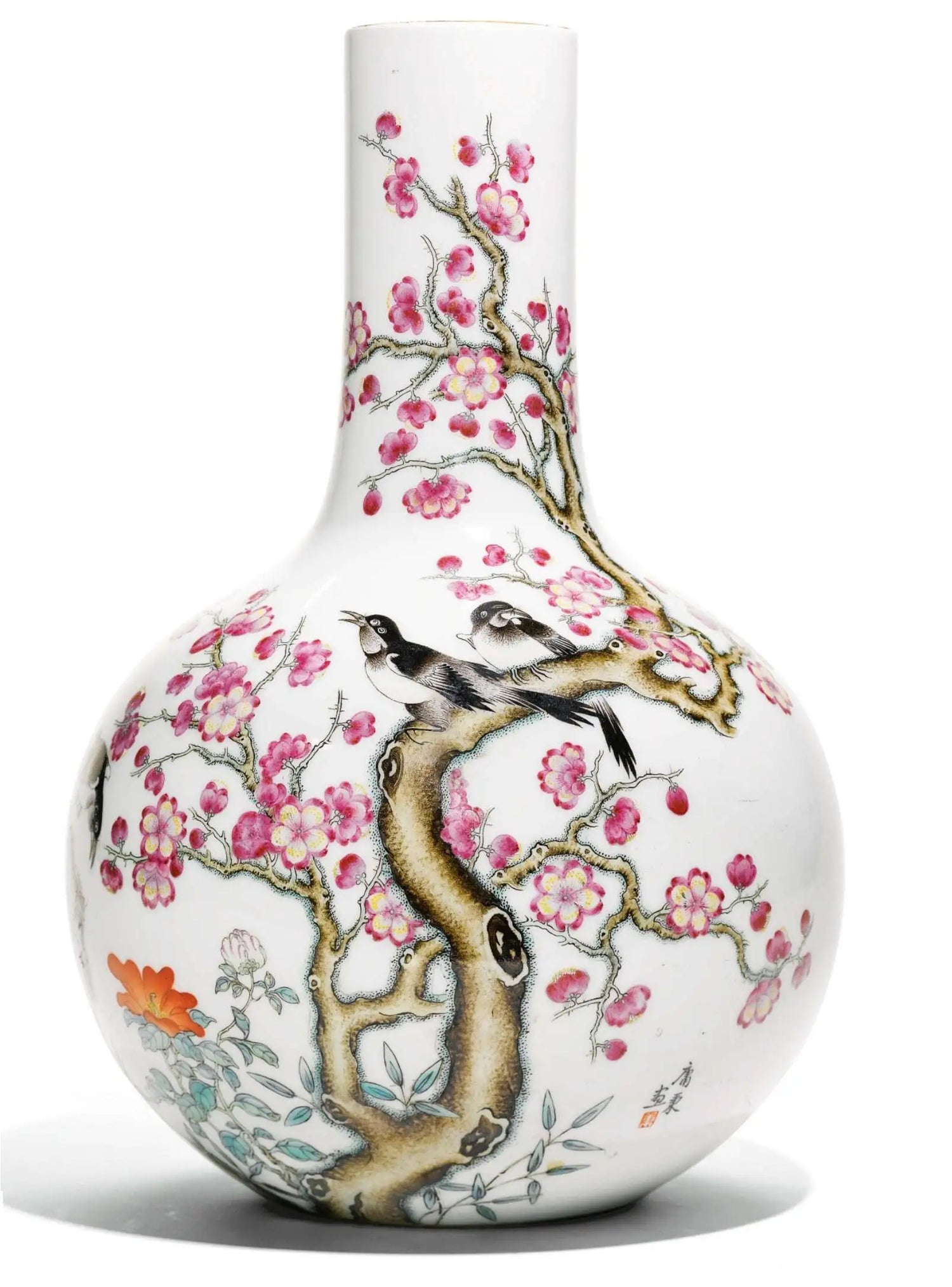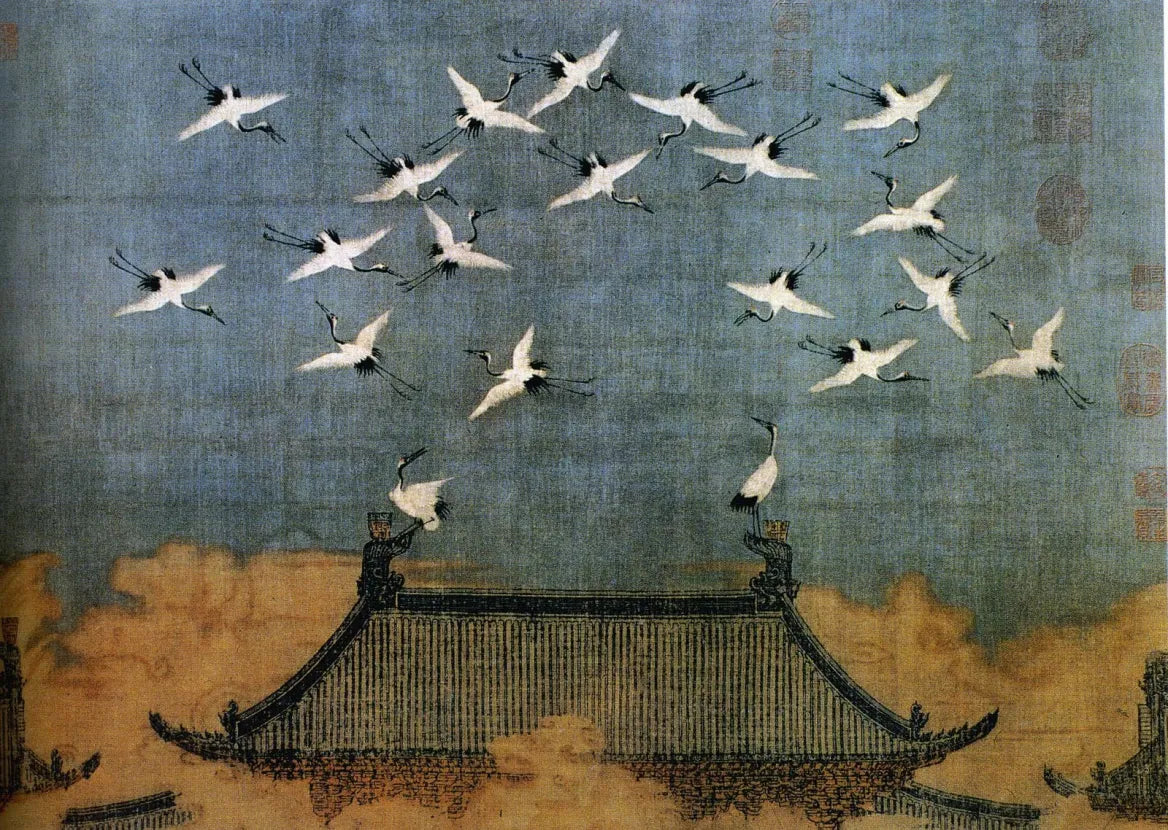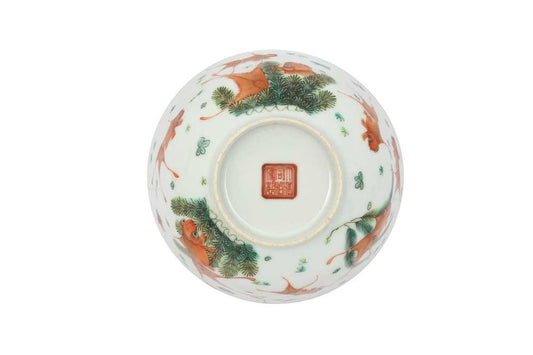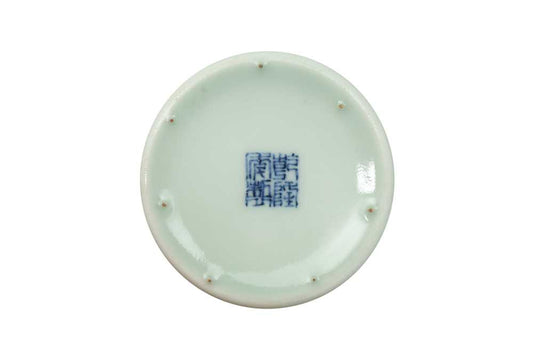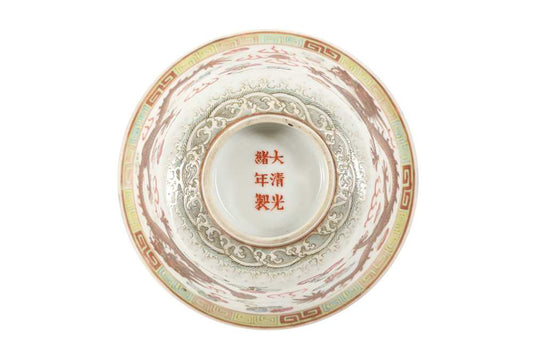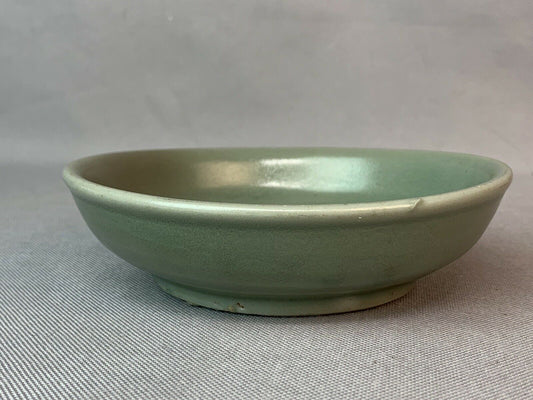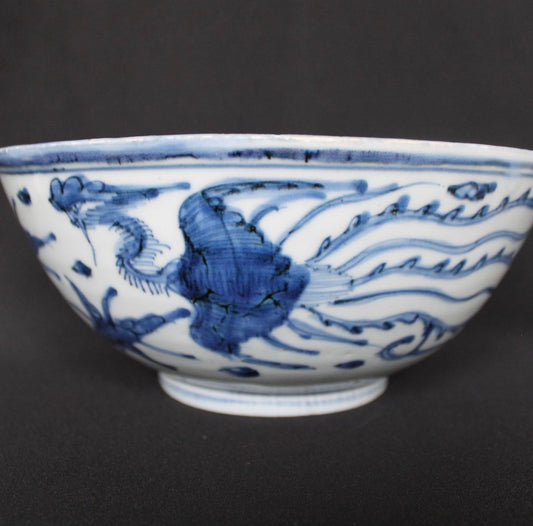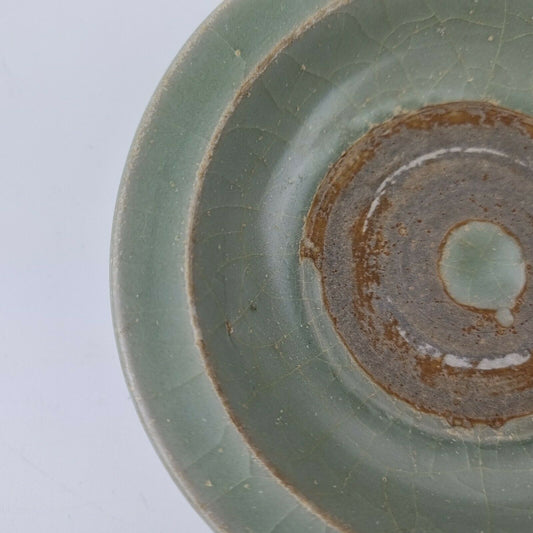Our guide to identifying china marks on Chinese and European porcelain is a comprehensive resource for collectors, dealers, and enthusiasts of fine china. It is designed to help you identify the manufacturer and age of your porcelain pieces based on the marks that are often found on the bottom or back of the piece.
The guide is organised by region, with sections dedicated to porcelain marks from China, Japan, Korean, and Europe. Within each section, you will find detailed descriptions and images of the various marks that were used during different time periods and by various manufacturers over time.
Whether you are a seasoned collector or just starting out, our guide to identifying china marks on porcelain is an essential tool for anyone interested in the fascinating world of antique and vintage china.
Explore porcelain through the Chinese dynasties
If you are interested in learning about Chinese porcelain production from the Yuan to Song, and Ming to Qing Dynasties, our comprehensive guide to Chinese porcelain and ceramic production is a great place to start! This guide will provide you with an overview of the history and development of Chinese porcelain from the Song Dynasty to the Qing Dynasty. Explore our guides below.
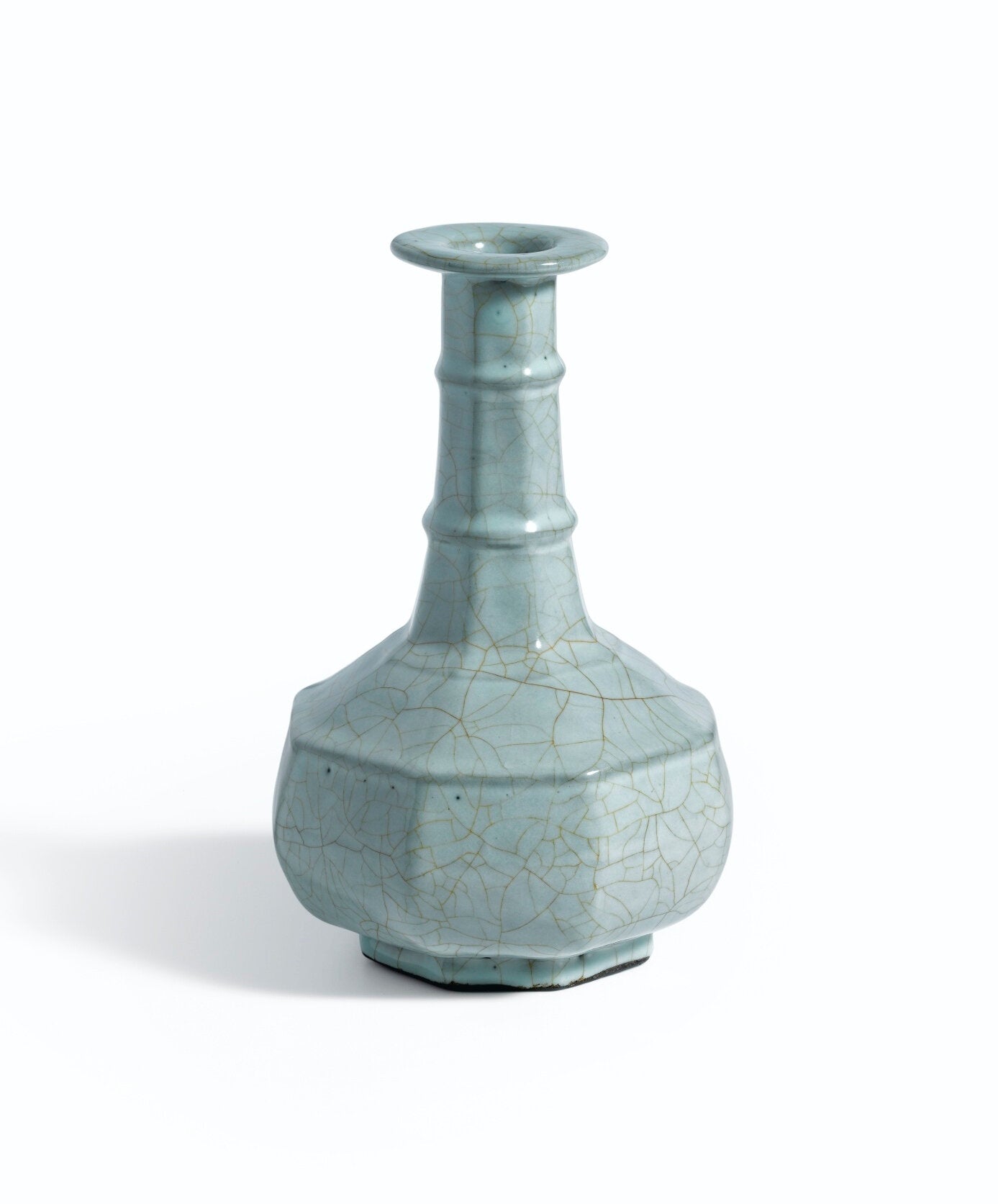
Guide to Chinese Song Porcelain
The Song Dynasty (960-1279) is one of the most important dynasties in Chinese history. It was a period of great economic and cultural growth, and the production of porcelain reached its zenith during this time. Porcelain, or “china” as it is commonly called, is a type of ceramic made from a hard, white clay, which is then fired at high temperatures.
The Song Dynasty is famous for its high-quality, delicate porcelain in beautiful, intricate designs.If you are interested in learning more about Song Dynasty porcelain, our guide is a great place to start.
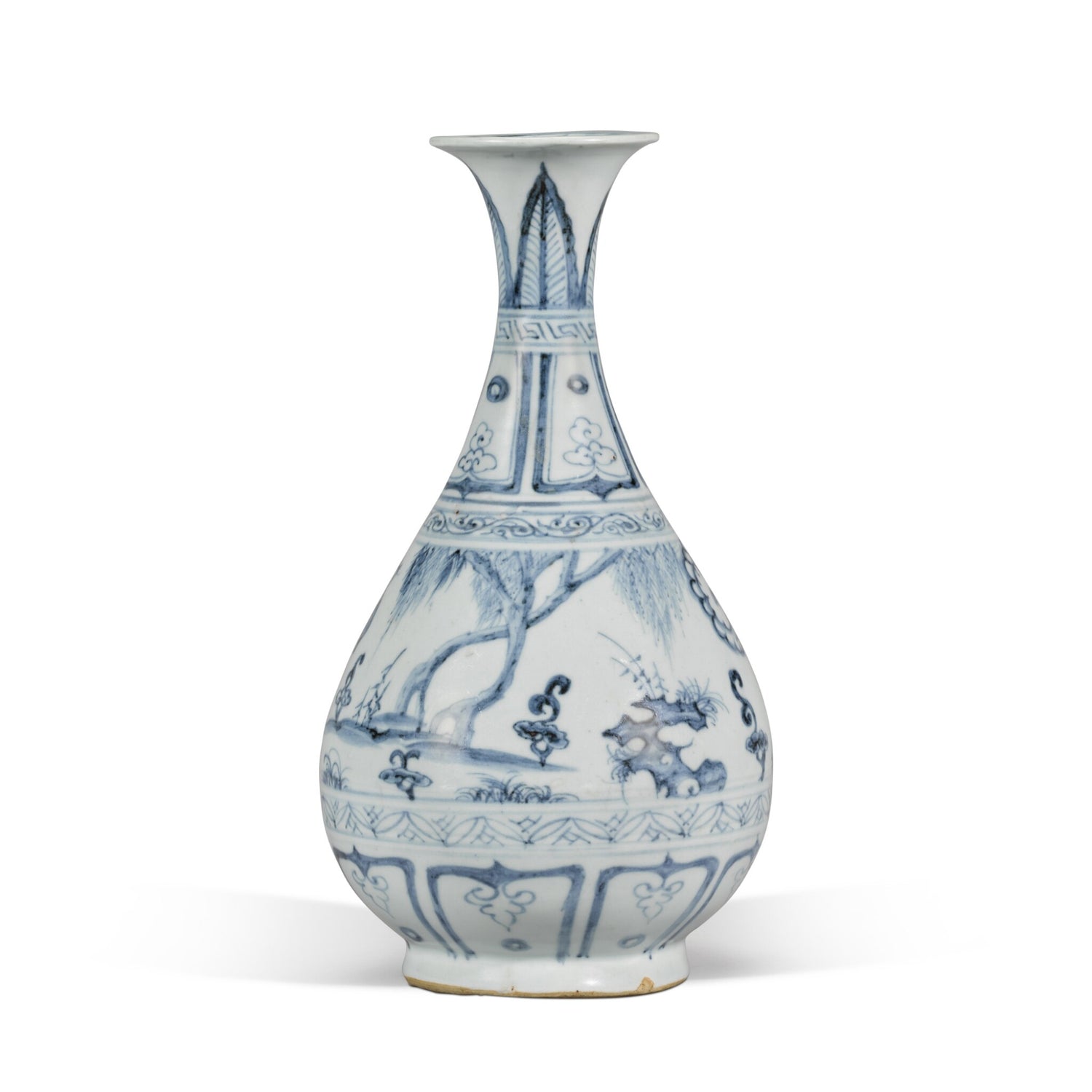
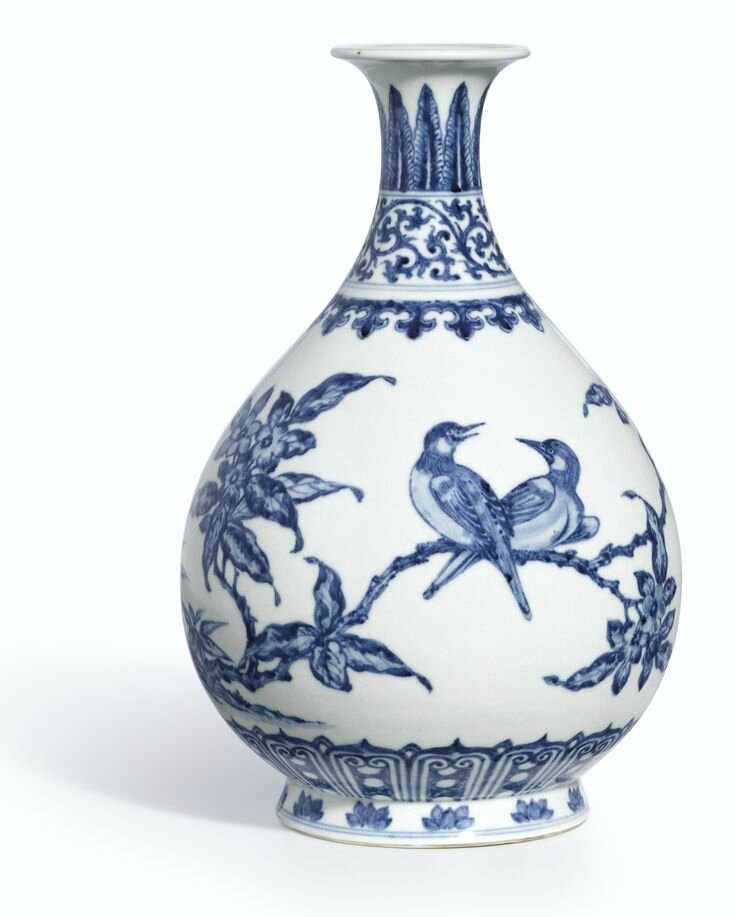
Guide to Chinese Ming Porcelain
The Ming Dynasty (1368-1644) is one of the most famous dynasties in Chinese history. During this period, Chinese porcelain production flourished, and the techniques for creating high-quality, delicate porcelain were further refined.
Our guide to Ming Dynasty porcelain is a great resource for anyone interested in learning more about this fascinating period in Chinese history. We hope you found it useful and informative.
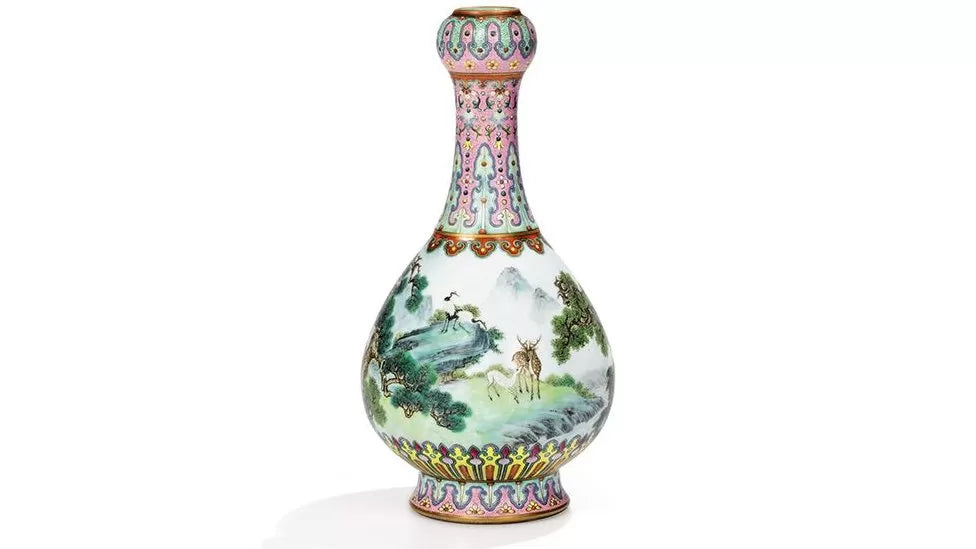
Guide to Chinese Qing Porcelain
The Qing Dynasty (1644-1912) was the last imperial dynasty of China and was a period of great economic and cultural growth. Porcelain production flourished during this period, and the techniques for creating high-quality, delicate porcelain were further refined.
Read our comprehensive guide to Qing porcelain, asthetics, and manufacturing techniques here.
